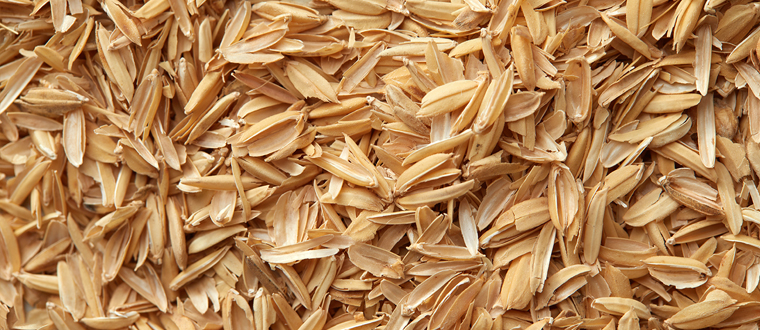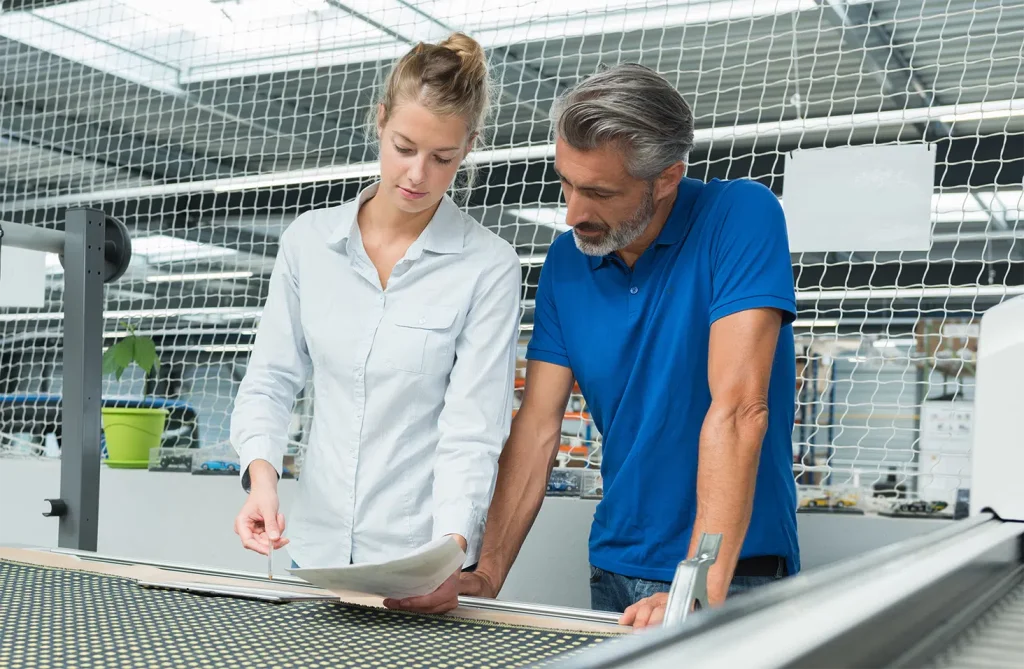In a surprising move towards sustainability, SEAT has transformed rice husks—a common agricultural by-product—into a key component of its SEAT Arona model, thanks to the innovative technology behind Oryzite. What was once a waste product is now an essential part of a vehicle’s interior, paving the way for a future where sustainable design and the circular economy take center stage.
What is Oryzite? A New Natural Material with a Positive Impact
Oryzite is a natural material developed from rice husks, a by-product generated after harvesting the cereal. Through an environmentally friendly process, this waste is transformed into a biocomposite that can partially replace traditional plastics without compromising technical properties.
This breakthrough allows the reuse of tons of agricultural waste, as demonstrated by the 5 tons of rice husks from the Ebro Delta that SEAT repurposes into components in the boot of the SEAT Arona.
Sustainability in Action: A Real Example of the Circular Economy
The integration of Oryzite into the automotive industry not only reduces the use of petroleum-based plastics but also lowers the carbon footprint and contributes to a true circular economy. Reusing agricultural by-products in industries like automotive shows that sustainable innovation is both possible and profitable.
What Does This Mean for the Cosmetics Industry?
At Novsus, pioneers in the use of Oryzite for cosmetic packaging, we celebrate these advancements as they reinforce our vision: agricultural waste can be transformed into premium, functional materials. Just as SEAT applies Oryzite in automotive, we use it to create sustainable cosmetic packaging without compromising on design or quality.
Conclusion: The future is bio, circular and conscious
The case of the SEAT Arona and Oryzite is an inspiring example of how cross-industry collaboration and commitment to the planet can lead to real results. At Novsus, we continue to invest in natural materials like Oryzite to transform cosmetic packaging and lead a new paradigm where sustainability, innovation, and design go hand in hand.



